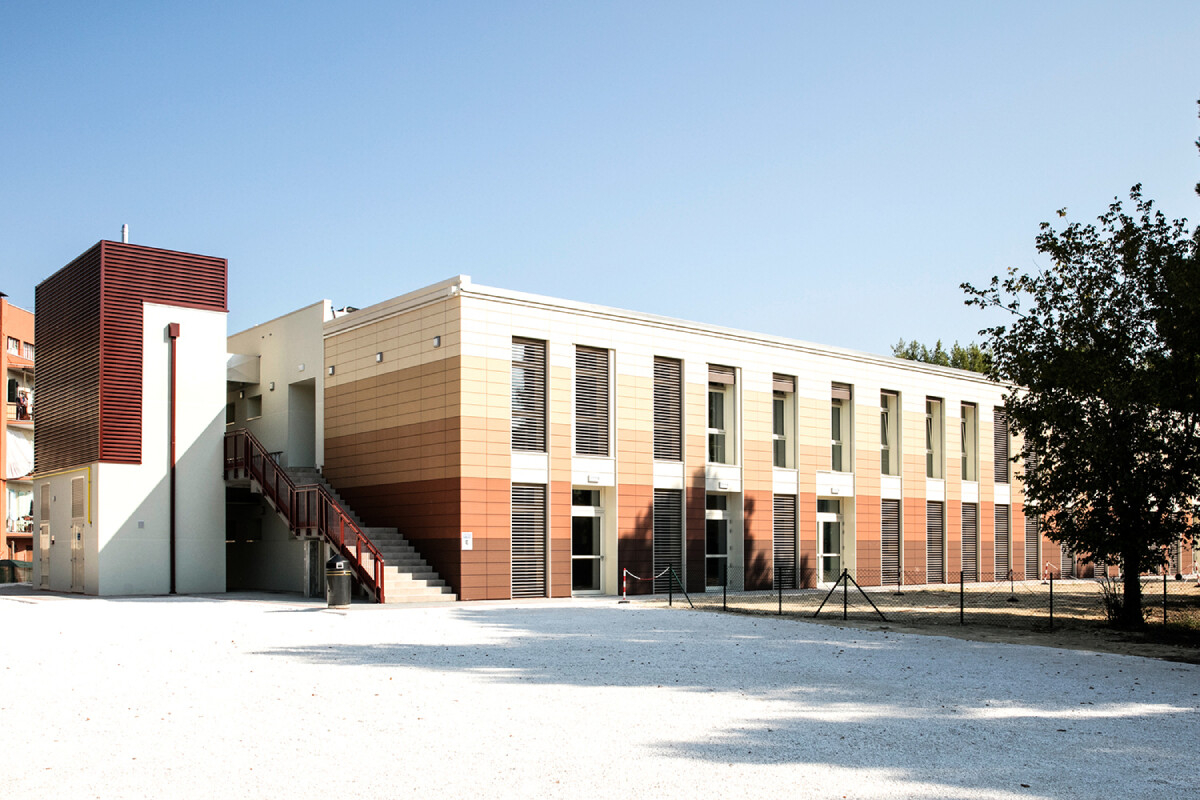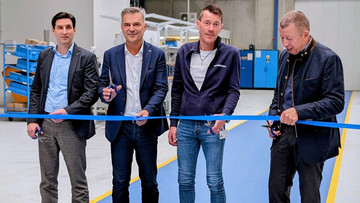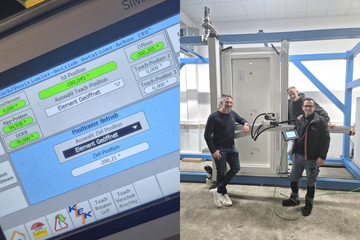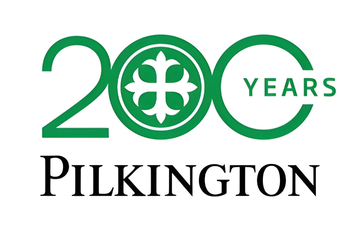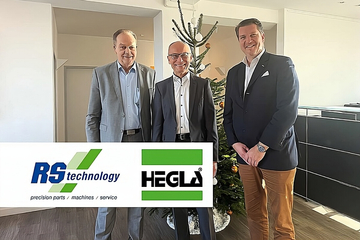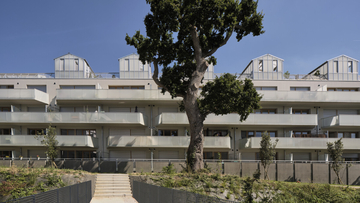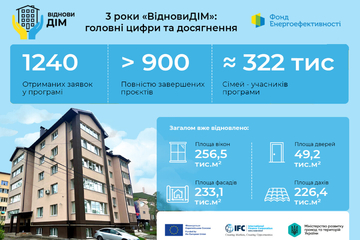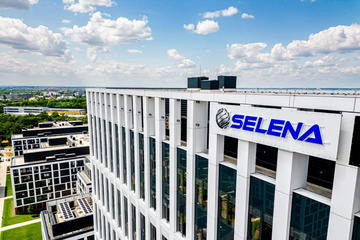The main goals include:
- Reducing greenhouse gas emissions by 65% compared to 1990 levels. These measures fall under the "Decarbonization" dimension.
- Expected energy savings in government buildings of at least 24.9 GWh/year. The "Energy Efficiency" dimension.
Reducing the level of import dependency to 33%. "Energy Security."
The planned policies related to "Energy Efficiency" include:
- A state-targeted economic program to support the thermal modernization of buildings by 2030. This is being developed by the Ministry of Community Development, Territories, and Infrastructure of Ukraine.
- Buildings with nearly zero energy consumption. A roundtable on "NZEB Building Requirements in Ukraine" took place.
The building thermal modernization strategy, adopted in December 2023, envisions the annual thermal modernization of 1% of existing buildings and the construction of 100+ buildings according to NZEB requirements starting in 2025.
By 2030, the goal is to annually thermally modernize 3% of existing buildings and fully transition to NZEB construction standards.
By 2050, the goal is to decarbonize 100% of buildings in Ukraine (all buildings will be NZEB). A state-targeted program for building thermal modernization in Ukraine is currently under development.
The ongoing war, uncertainty regarding the scale of destruction, the pace of recovery, and economic decline may hinder the successful implementation of the NECP. However, the adoption of the national plan is an important step in highlighting the government's priorities in energy and climate policy.
